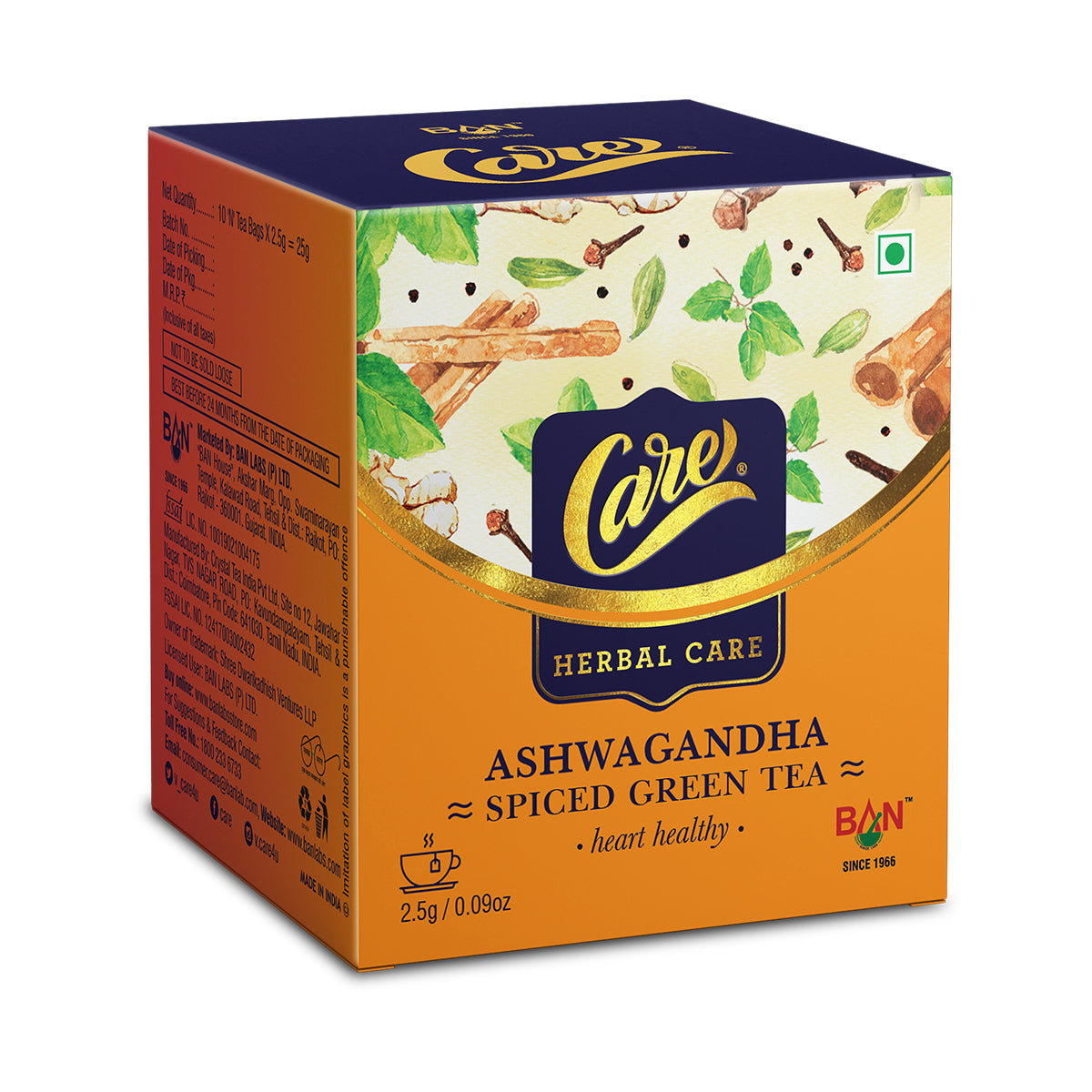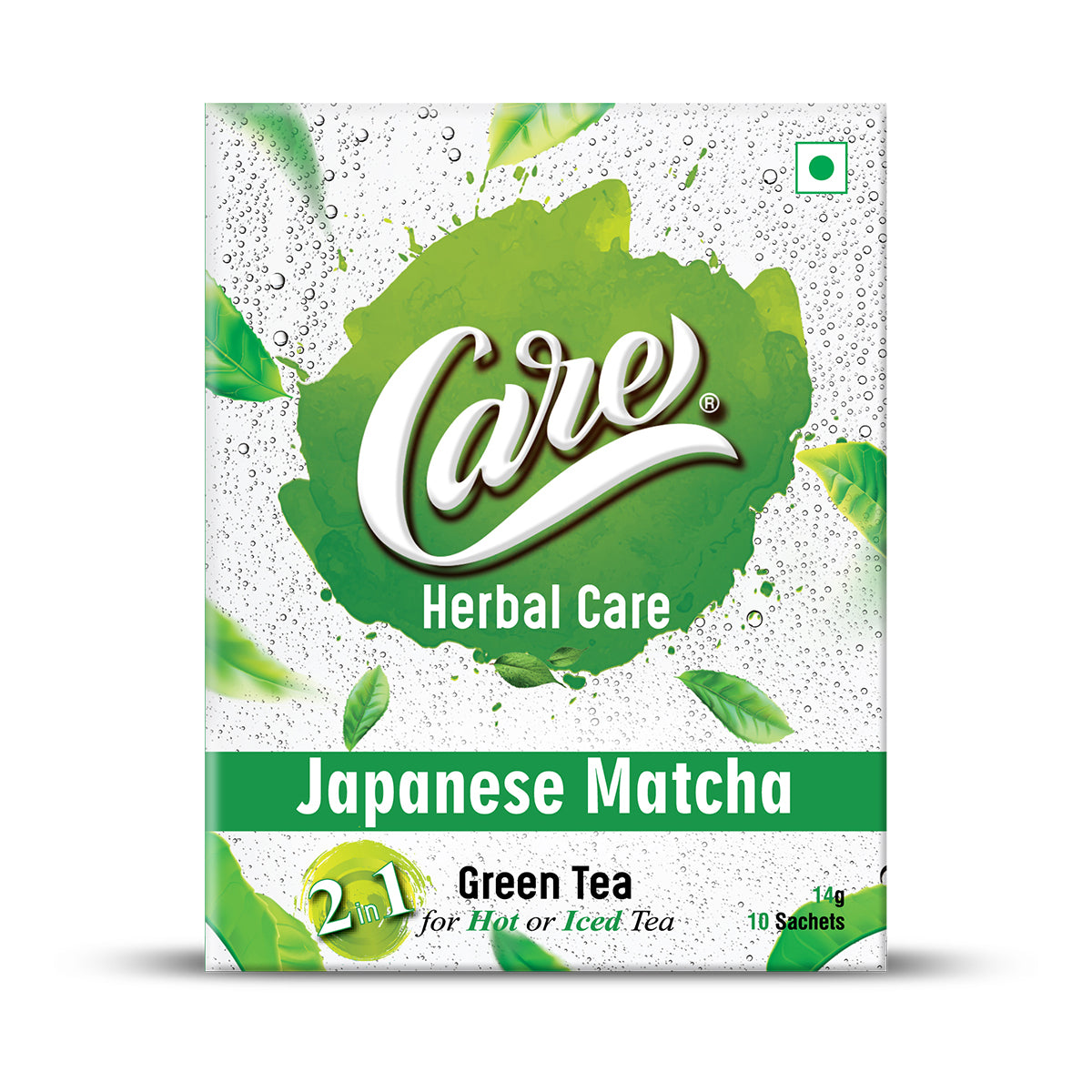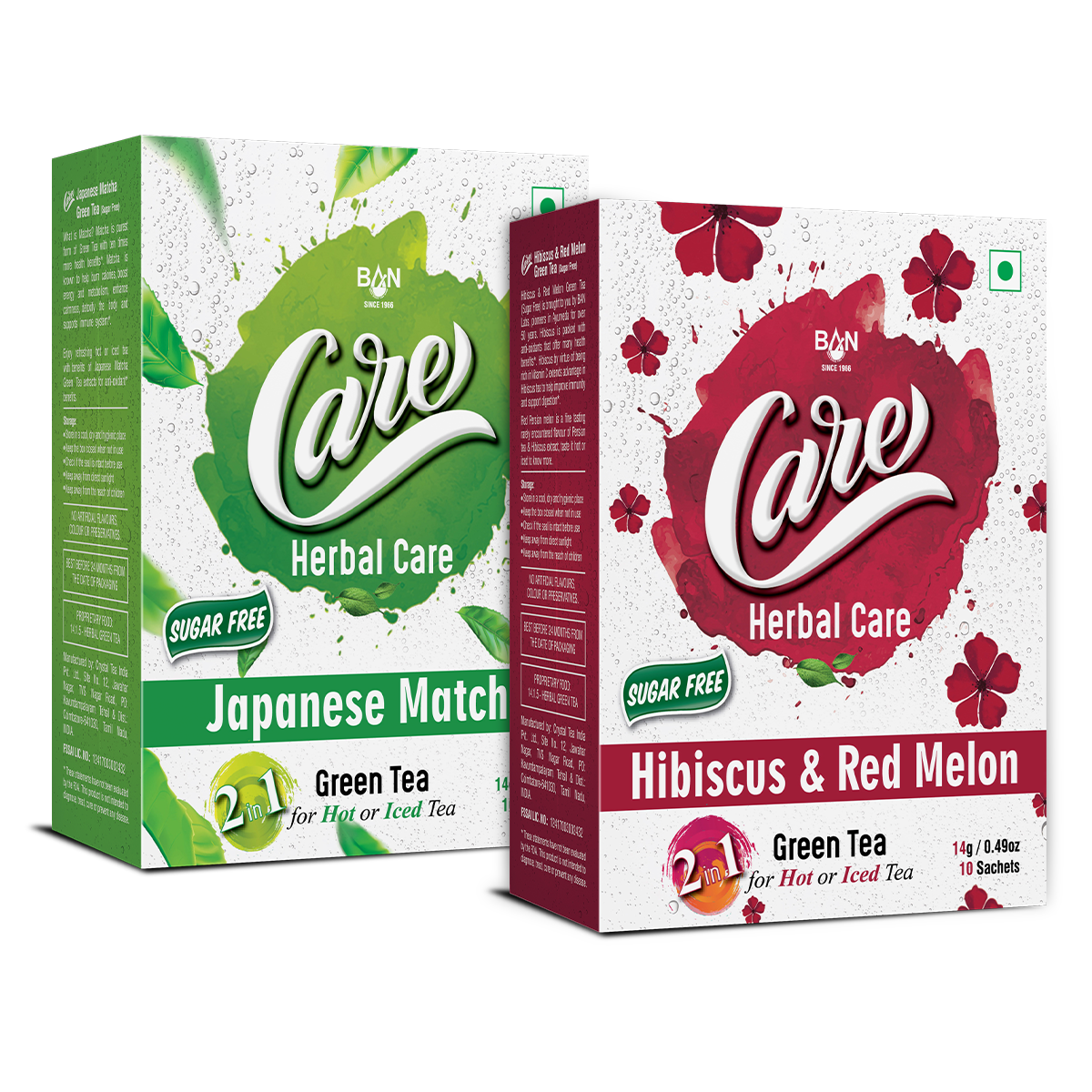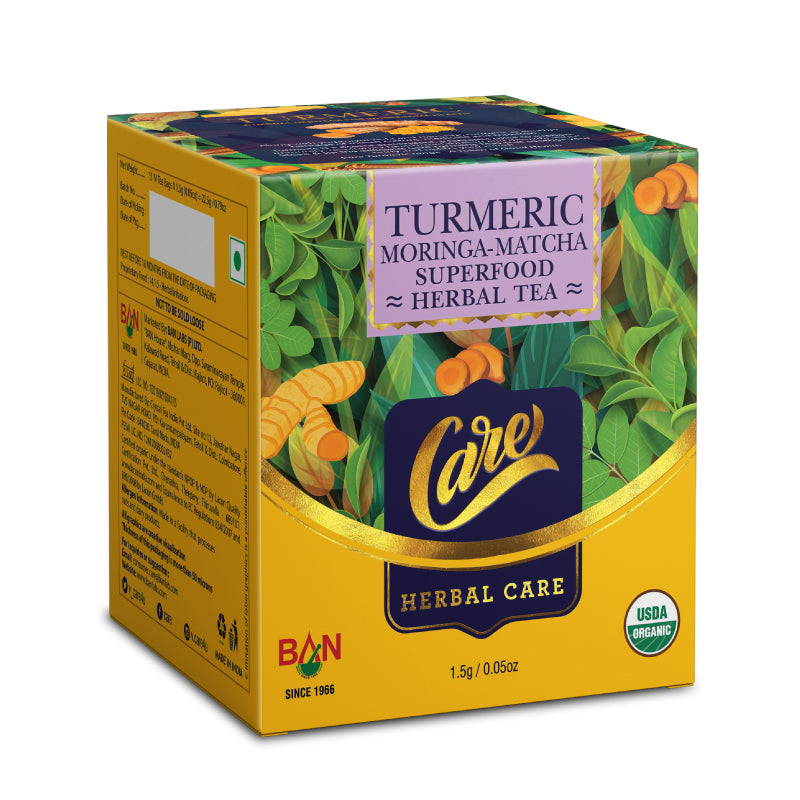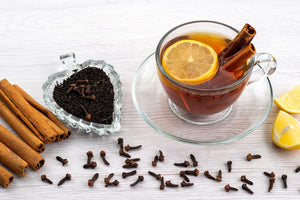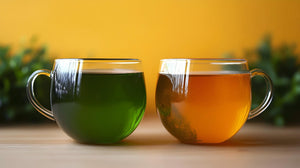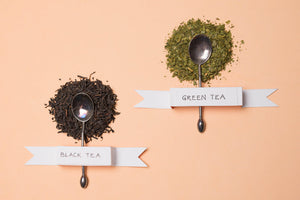Is Matcha the Same as Green Tea? Let's Find Out!
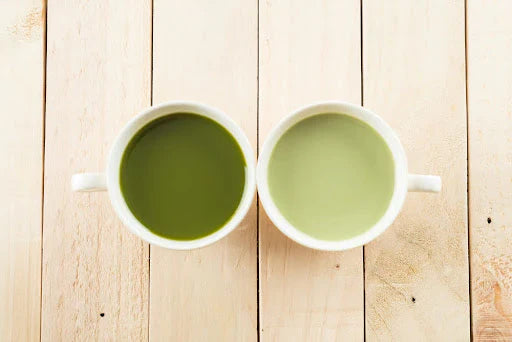
Green tea and matcha are popular beverages known for their health benefits, but many wonder: Is matcha the same as green tea? While they come from the same plant, Camellia sinensis, their processing, flavor, caffeine content, and nutritional value differences set them apart. In this article, we will explore the difference between matcha green tea and green tea to help you choose the right one.
Key Differences Between Matcha and Green Tea
|
Feature |
Matcha |
Regular Green Tea |
|
Origin |
Made from shade-grown Camellia Sinensis leaves |
Made from sun-grown Camellia Sinensis leaves |
|
Processing |
Handpicked, de-stemmed, and stone-ground into powder |
Machine-harvested, steamed, and dried |
|
Color |
Vibrant green due to high chlorophyll levels |
Dull green with a brownish tone |
|
Taste |
Rich, sweet, and frothy |
Light, grassy, and sometimes bitter |
|
Preparation |
Whisked into hot water or shaken for iced matcha |
Steeped in hot water for a few minutes |
|
Caffeine Content |
Around 280mg per serving |
Around 15-48mg per serving |
|
Nutritional Content |
Higher in antioxidants, amino acids, and tannins |
Lower in antioxidants and amino acids |
|
Health Benefits |
Supports metabolism, energy, and focus |
Antioxidants support overall health |
|
Antioxidants (Catechins) |
134mg per serving |
63mg per serving |
|
Amino Acids (L-Theanine) |
45mg per serving |
3mg per serving |
|
Tannins |
99mg per serving |
7mg per serving |
Generic Indian Names for Matcha: While there isn't a widely recognized generic Indian name for Matcha, it's often referred to as Japanese Green Tea Powder or Matcha Powder.
What Makes Matcha and Green Tea Different?
1. Processing and Preparation
Both matcha and green tea come from the same plant, but the way they are grown and processed is different.
- Matcha is shade-grown for a few weeks before it is harvested, which makes it rich in chlorophyll, giving it a bright green color. After harvesting, the leaves are carefully handpicked, and then ground into a fine powder.
- Green tea, on the other hand, is grown in direct sunlight and harvested by machines. The leaves are steamed and dried to preserve their flavor.
2. Taste
- Matcha has a rich, sweet taste, and when mixed with water, it becomes frothy. It is usually smoother and creamier.
- Green tea has a lighter, grassy flavor. Sometimes it can be a bit bitter, especially if steeped for too long.
3. Caffeine Content
The caffeine content in matcha is much higher than in green tea. A single cup of matcha can have around 280mg of caffeine, while green tea has only 15-48mg of caffeine, depending on how long it is steeped.
This makes matcha a better choice if you want a stronger boost of energy and focus.
4. Nutritional Benefits
- Matcha is made from the whole leaf, so you consume all the nutrients. It’s packed with antioxidants, amino acids (like L-theanine), and tannins.
- Green tea is steeped in water, so some of its nutrients are left behind. But it still provides great benefits, especially for digestion and overall health.
Here’s a quick comparison of some key nutrients:
|
Ingredient |
Matcha |
Green Tea |
|
Antioxidants (Catechins) |
134mg per serving |
63mg per serving |
|
Amino Acids (L-Theanine) |
45mg per serving |
3mg per serving |
|
Tannins |
99mg per serving |
7mg per serving |
Which One Should You Choose?
If you prefer a smoother and sweeter drink with a stronger caffeine boost, matcha might be the right choice for you. On the other hand, if you like a milder taste and prefer something with less caffeine, green tea is a great option.
Conclusion: Is Matcha the Same as Green Tea?
In conclusion, matcha and green tea are not the same. While both are healthy, they differ in how they are grown, processed, and prepared. Matcha offers more nutrients and caffeine, making it a stronger drink. Green tea is lighter and better for those who prefer a milder taste.
Now that you know the difference between matcha and green tea, you can choose the one that fits your taste and lifestyle better!
FAQ
- What is the main difference between matcha and green tea?
Matcha is made from shade-grown green tea leaves ground into a fine powder while steeping leaves in hot water makes green tea. - Is matcha better than green tea?
It depends on your preferences. Matcha has a richer taste and more nutrients because you consume the whole leaf. Green tea has a lighter taste and lower caffeine content. - Can matcha help with weight loss?
Yes, matcha is rich in antioxidants called catechins that may help boost metabolism and fat burning, supporting weight loss efforts. - How do I prepare matcha?
Matcha is whisked into hot water to create a frothy, smooth drink. It can also be shaken with ice for iced matcha. - Which tea has more antioxidants: matcha or green tea?
Matcha has more antioxidants than green tea, as it uses the entire leaf, giving it higher levels of catechins.
- How should I store matcha powder?
Store matcha powder in a cool, dry place, away from sunlight. It’s best to keep it in an airtight container to preserve its freshness and flavor.


